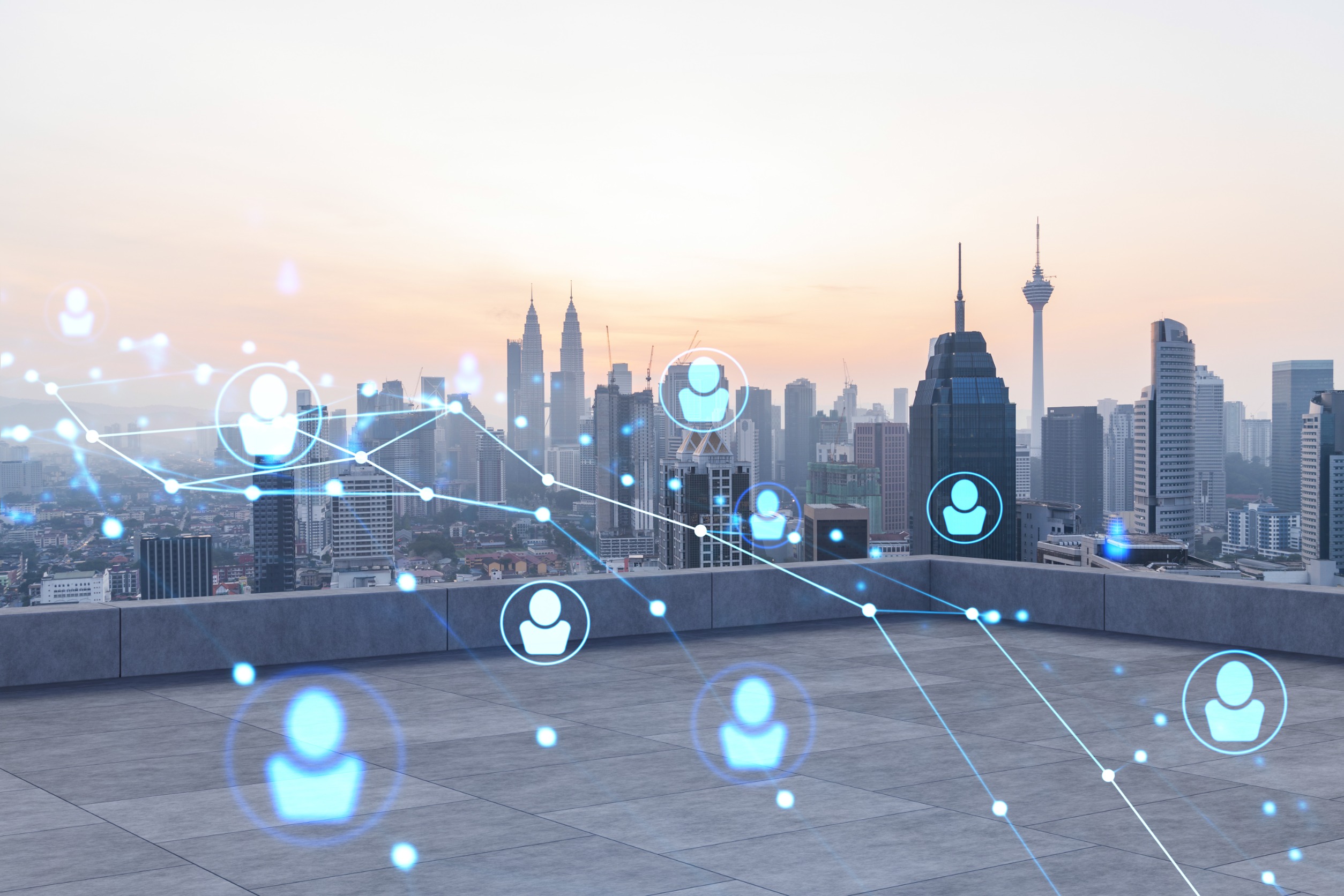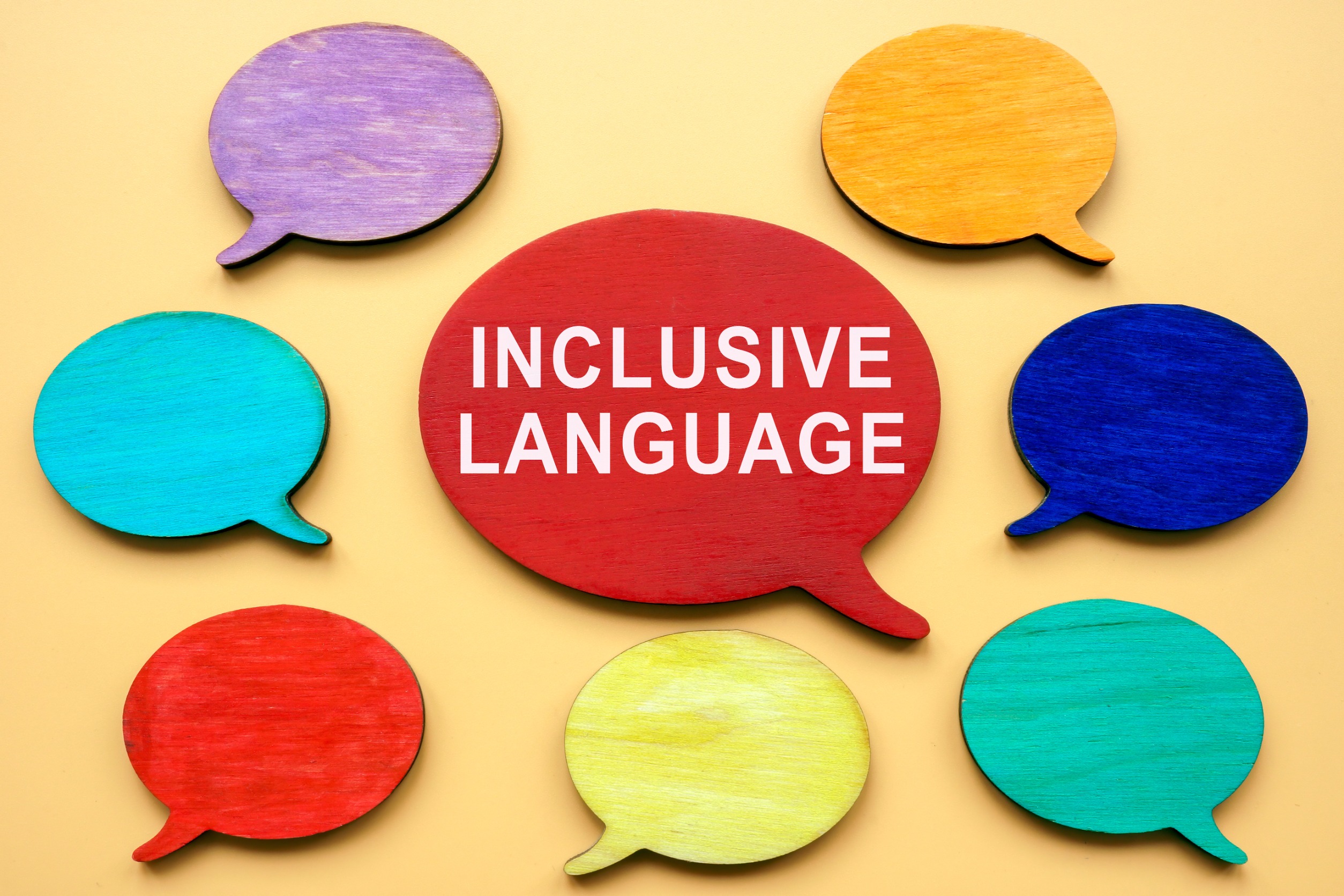People at Work: A Workforce View 2021

More than a year into the COVID-19 pandemic, how are workers coping, how are companies reopening, and how have accelerated trends changed work and the workplace?
ADP Research Institute’s new study People at Work: A Workforce View 2021, gives an updated perspective from the two surveys in 2020. A global survey across all regions provides insights into the workforce at both a global and regional level. In APAC, respondents across four markets – Singapore, China, India, Australia – also give a window into the differences within our region in the wake of the pandemic.
Consistent with last year’s survey, Chinese and Indian workers remain the most optimistic in the world about the next five years in the workplace, and across the region there is a great sense of confidence that workers have the skills they need to succeed.
However, dig deeper and disparities soon start to emerge within APAC. For example, Singaporean workers are less than half as confident about their prospects for finding a new job with the same or better pay as Indian workers (28% compared to 65%). Indeed, both are far less convinced about how secure their job or industry is than their counterparts in China particularly, but Australia too.
When it comes to the potential impact of COVID-19 specifically on the world of work ahead, from its impact on work-life balance to career advancement opportunities, the view from Australia and Singapore is less optimistic than in China and India. Though Australia is less optimistic overall, there has been barely any change compared to pre-COVID days.
The realities of the professional impact of the pandemic
The pandemic impact was felt by workers in every geography. Nearly two thirds of the global workforce (64%) say they have been impacted professionally, with more than a quarter (28%) having either lost a job, been furloughed or temporarily laid off by their employer. Almost one in four (23%) took a pay cut, while a similar proportion (22%) have reduced their hours or responsibilities.
The pandemic brought changes to APAC workers who were impacted professionally, as well as seeing longer term changes to their work over the next 1-3 years.
Only 30% of APAC workers responded they had no professional impact from the pandemic, which was a much smaller percentage than Europe or USA employees.
Compensation was a concern across the region, although government support measures designed to retain employers cushioned the drop in some countries. The Job Support Scheme (JSS) in Singapore supported a broad number of worker categories in 2020, and was recently extended in the new budget in 2021 on a more targeted industry sector basis to give some support to industries such as tourism.
Australia’s JobKeeper programme assisted companies to keep many workers on the payroll, and recently ended on March 31, as the economic recovery begins to take hold.
Still, a sizeable number of workers in the region reported impacts including taking a pay cut (25%), reduced hours/responsibilities (24%) and being placed on furlough (16%). Another 13% of APAC employees left a job voluntarily, while 11% were on a temporary layoff with the same employer.
Beyond direct connections to compensation, APAC employees continued to lead the world in the amount of unpaid additional hours they work each week on average. Prior to the pandemic, APAC workers were working twice as much unpaid time each week as other regions.
The 2021 study findings highlight globally, one in ten (10%) of workers are now working 20 additional unpaid hours each week. APAC employees are working an average of 9.9 hours additional unpaid, up 1 hour from last year’s 8.9-hour mark.
The impact of the pandemic on the world of work ahead
Respondents asked about the longer term – a one to three-year time horizon – and how this event would change their work suggest that underlying the general sense of optimism is a complex and nuanced picture that defies easy analysis.
This can be most clearly seen in the way unease around job security dominates how workers feel today. In a year when many businesses have had to shut temporarily or permanently, or significantly alter their operations, the effects of the disruption and uncertainty on the workforce have been profound.
APAC respondents have some of the strongest expectations of future change of any region, with one in every two anticipating some major impacts to take hold in the next couple of years. Large numbers of employees expect changes to impact flexibility at work (56%), development of their skill sets (56%), and the way they do their work (53%).
Many believe these changes will extend to life outside the office as well, affecting work life balance (48%), opportunities for career advancement (48%), ability to find a new job (46%), and of which will have consequences for financial security (41%).
The COVID-19 pandemic has become a change marker event for global workers as they and their companies work on reopening and redesigning the next workplace in the aftermath.
Join Nela Richardson, Chief Economist, ADP, at HR Tech Fest Connect 2021, where she will be making a presentation titled People at work: A workforce view 2021.



